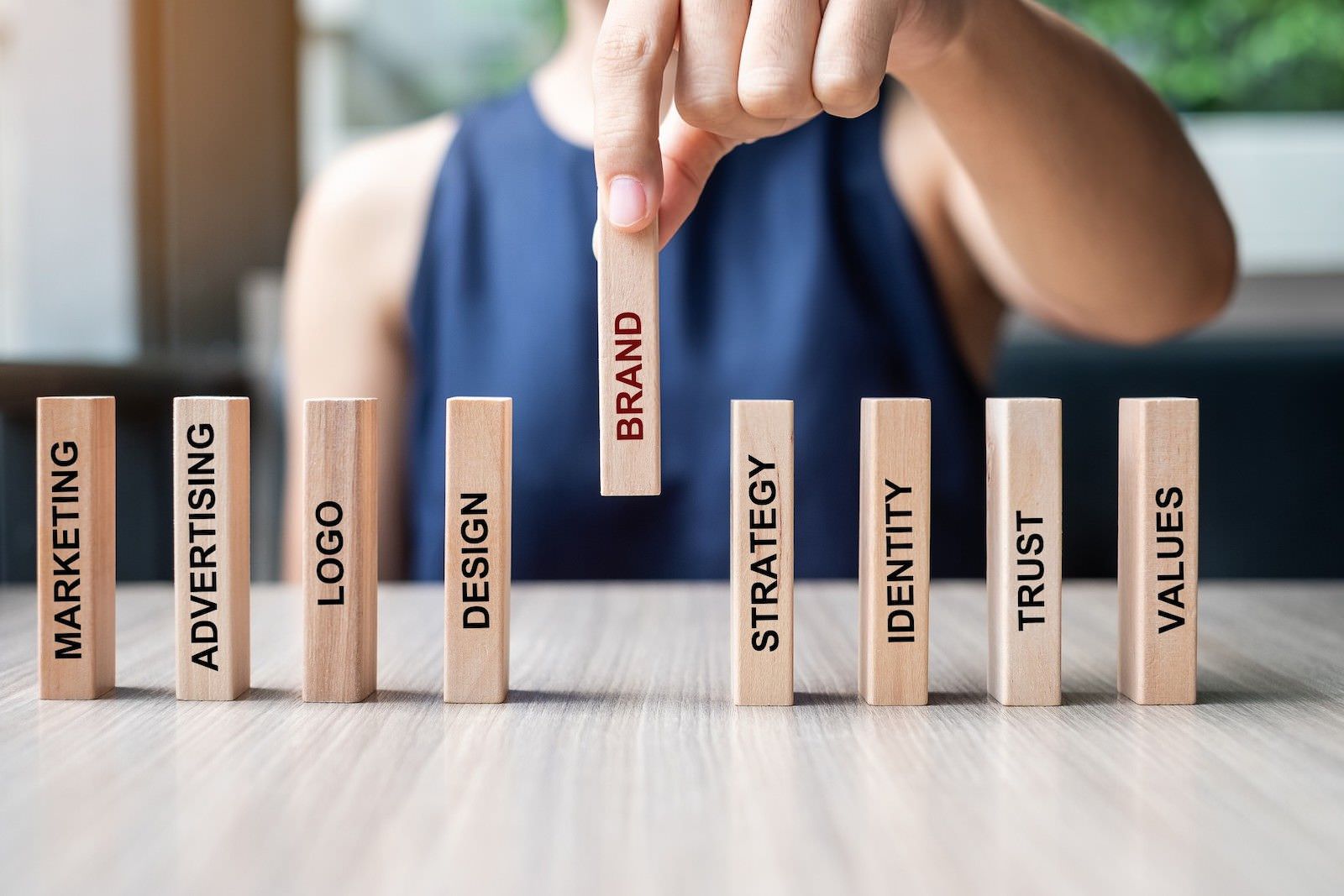What factors to consider when changing your logo
Some reasons for changing a logo include the need to update the branding message, unify a branding system, or if they want to appeal to a new target market. This is an important decision and it's something you shouldn't take lightly!

Your logo is one of the most important pieces of your branding. It's the first thing people see and it can set the tone for everything else they see from you. So if you're thinking about changing your logo, it's an important decision that you shouldn't take lightly! There are a few factors to consider before making a change.
Introduction
When a company decides to change its logo, it's typically because it wants to update the branding message, unify a branding system, or appeal to a new target market. It's an important decision and you shouldn't take it lightly! You should do some research on how your brand will be perceived to make this decision.

Changing the logo to update the branding message
One reason for changing a logo is to update the branding message. For example, you might want to change your logo if it's outdated and no longer representative of your company or its values. You might also consider updating it if the world around your company has changed since its creation. For instance, according to Logo Design Love, if you were created to sell widgets, and now you want to expand into the market of selling laptops, it may be time for a new logo.

Changing the logo to unify the branding system
Another reason for changing your logo is if you want to unify a branding system. This means that you need to use colors and fonts consistently across all applications (i.e., social media, website, business cards, etc.). Larger corporations often overhaul their branding systems and this typically includes changing the logo. It usually takes a lot of effort to unify a branding system and it can be expensive, but its benefits are abundant.
For example, you might want to unify your branding system if your company has multiple brands under one roof. You might also consider it if your company has multiple locations across the country. That being said, you want to be careful when updating your logo because all of your customers won't always see it at the same time.

Changing the logo to appeal to a new target market
Finally, changing a logo is sometimes necessary to appeal to a new target market. For example, Logo Design Love notes that if you started as a company that sold hats, and now you want to expand into the market of selling shoes, you might consider changing your logo. You want to be careful when changing your logo because it can sometimes come across as pandering to customers if not done correctly.

When it is a bad idea to change your company logo
There are times when it is not a good idea to change your company logo. If you have a strong and recognizable brand, it is best to keep the logo the same. Changing a logo can confuse customers and make it difficult for them to identify your company. In addition, if your current logo is well-loved by customers, they may not appreciate changes made to it.

When it is a good idea to change your company logo
Sometimes it can be a really good idea for companies to change their logos. When your existing logo no longer accurately reflects who you are or what your business does, it creates an opportunity to rebrand and update your image. For example, if you have just gone global, the international focus on your business may mean that your logo no longer accurately reflects what you do and where you do it.
When companies decide to rebrand, they should keep in mind that a brand is not simply a logo. Your brand includes everything from your website to your physical store - including those things that customers can’t see like customer service practices and corporate culture. A rebranding effort includes everything and is not just changing the logo.

What to consider before deciding to change your logo
When it comes to deciding to change your company logo, there are a few important factors you'll need to consider. One of the most important is how your brand will be perceived by customers and potential customers. You'll also want to research what other companies in your industry are doing - if everyone else is updating their logos, it might be a good idea for you to do the same. Additionally, make sure that any changes you make still reflect your company's values and mission statement!
You'll also want to know how your brand will be perceived if you do decide to make the change. A logo is representative of a company's image and it can affect the way people perceive their products, services, and even their customer service. It can also convey what type of personality they have.
Make sure that when updating your logo, the message you want to relay through your branding is consistent across all applications. Your logo should be easily recognizable and it should represent your company's values. All of these factors are important when changing your logo, so take the time to do some research before making a decision. You don't want to mess up!

Companies that successfully changed their logos
Some companies have successfully changed their logos to reflect their changing brands or target markets. Apple is one example - they updated their logo in 1998 when they introduced the iMac. The old logo was simple and included an apple with a bite taken out of it. The new logo was more colorful and included 3D effects. It has been said that the new logo was designed to appeal to younger consumers.
Another example is Starbucks - they updated their logo in 2011. The previous logo had a very traditional look and feel, including the wordmark 'Starbucks', and it was often criticized as being too old-fashioned. Some may argue that Starbucks simply wanted to update their branding at this point, but it's more likely that they were trying to appeal to a younger demographic with their new logo - which is more modern, clean, and minimalist.

Companies that failed at changing their logo
However, some companies have failed when changing their logo. Kodak is one example - they updated their logo in 2006 to reflect the shift from film photography to digital photography. They strayed away from their traditional yellow branding with the new logo that included a square with rounded corners and a red 'K'. The new logo was designed to stand out, but it ended up alienating their loyal customers while not appealing to younger consumers. Another example is Gap. Gap attempted to update its branding in 2010 but the results were not too good. The new logo design looked very 'messy' and was said by critics to be reminiscent of a plaid pattern.

Conclusion
When it comes to rebranding, changing your logo is just one small part of the process. There are a few things you'll need to consider before making a decision, such as how your brand will be perceived and whether or not other companies in your industry are doing the same thing. You'll also want to make sure that any changes you make still reflect your company's values and mission statement!
If you decide to go ahead with changing your logo, take the time to do some research so that you make the best decision for your company. Remember that a logo is representative of a company's image and it can affect the way people perceive their products, services, and customer service. Make sure that when updating your logo, the message you want to relay through your branding is consistent across all applications.




